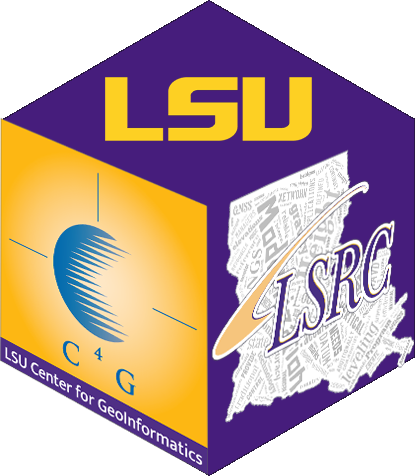IS THERE A MORE COST-EFFECTIVE USE FOR GPS SURVEYING?
Rather than spend hours and hours occupying just a few points and then doing the computer processing afterwards – either that evening or later; Land Surveyors started doing some “real-time” GPS surveying. To perform real-time GPS surveying and to be able to collect data while moving, say on a four-wheeler, in a car, etc.; we term that Real-Time Kinematic GPS surveying, or RTK. The advantage of RTK surveying is that we can get results in real-time, and we can keep moving – that implies increased efficiency and lower cost. However, we are still constrained by distance. The distance from the reference GPS receiver is controlled by how far a radio transmitter on the reference station can maintain a connection with the moving GPS receiver or “rover.” How far depends on radio transmitter power, terrain, buildings, and ionospheric effects. Because the earth is curved and the GPS satellites are constantly moving, if we travel too far from our reference station, there can be different GPS satellites above the sky for the “rover” than there is above the sky for the reference station. When that happens, corrections for ionospheric effects are compromised and RTK accuracy plummets. Work efficiency is compromised too, and we incur greater cost because we have do the work all over again with a shorter distance from our reference station – we need a shorter “baseline.” RTK sounds good, but there are limits because of baseline lengths.
